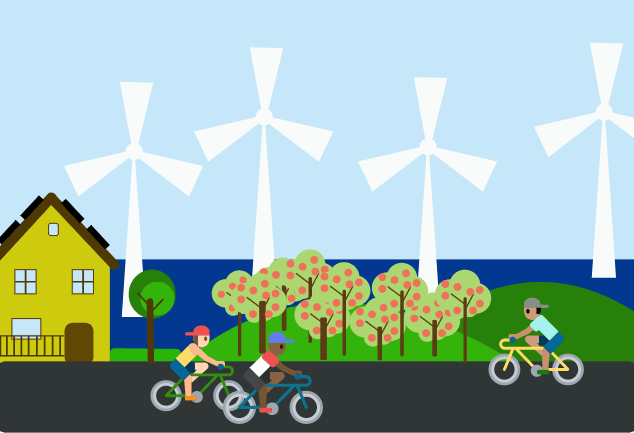Sodus in 2100 test
Here is Sodus, New York in 2020, a rural town on the shores of Lake Ontario. Climate change is already affecting the region. We have the power to slow it.
Answer each question with what you believe will happen over the next 80 years. Based off of what you choose, we will show you what Sodus looks like in 2100. How will climate change affect us?
Feel free to take the quiz multiple times to see how your answers will affect Sodus' future.
Answer each question with what you believe will happen over the next 80 years. Based off of what you choose, we will show you what Sodus looks like in 2100. How will climate change affect us?
Feel free to take the quiz multiple times to see how your answers will affect Sodus' future.

How much of what someone eats in Sodus will be grown in Wayne county?
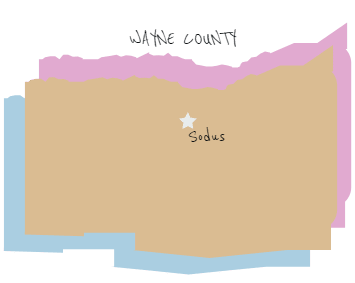
Almost all of it: 90-100%
A lot of it: 60-75%
Some: 25-40%
Barely any: 1-15%
Where will the average household get its electricity?
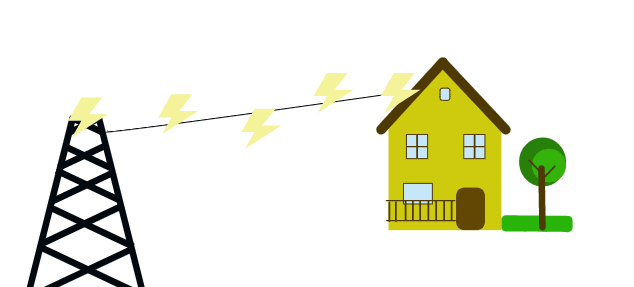
Mainly coal and oil-powered power plants. Some natural gas is used for power, too.
Natural gas is mainly used for power, with some renewable sources and some oil used.
All energy is from renewable and clean sources like solar, wind, geothermal, and hydropower. The storage systems needed to store renewable energy are abundant.
Most energy comes from renewable sources like wind and solar, and are stored in batteries. Some energy is supplied by natural gas.
What will an average diet consist of?
Pretty similar to a 2020 American diet--meat with almost every meal, dairy is popular, and processed foods are a must.
Some meat/dairy alternatives have become more popular, processed foods are still a must.
Meat and dairy are rare, with alternatives made from plants more abundant. People support their local farmers more than they did in 2020.
Almost all of our food comes from local farms or is grown ourselves. An average diet is rich in fruits and vegetables.
How will people get around for the next 80 years (and beyond)?
Basically the system in 2020, but with more electric vehicles and increased use of public transportation.
The same system we had in 2020: gasoline and diesel-run cars and trucks are used the most, often without carpooling.
Public transportation has expanded since 2020 and runs on mostly clean energy. Walking and biking has increased a lot, and we have many more electric vehicles than gas ones.
Public transportation is widely used and runs on clean, renewable energy. People prefer to ride bikes or walk where they can. Electric cars are the only ones we have.
How often will people take airplanes to get places they have to go?
All of the time. Air travel is very popular, and people will go on an airplane to get somewhere that they could drive to.
Most of the time: people usually try to take public transportation before they consider an airplane, but it is still a popular option.
Not very often. Air travel is unpopular and has been replaced by things like clean-running trains and boats.
Not very often. Air travel has been replaced by clean-burning alternatives like trains and boats. The air travel we do have is running on renewable fuel.
What will waste management look like?
Most waste, both industrial and household, is sent away to the landfill or incinerator. Rates of recycling and composting haven't risen since 2020.
What waste?? Everything we use can be used again, as it is or made into something else. Composting and recycling are necessary because it's all we have.
Composting and recycling have been increased, and that's where about half of our waste goes. The other half is sent away to the landfill or incinerator. Some companies will take back containers/packaging.
Almost everything is can be reused; composting and recycling have been increased dramatically, and that's where most of our waste goes.
What will people be wearing?
Wearing vintage and thrifted clothes is really popular. However, a lot of people prefer to buy new things online or in stores pretty often.
Most people wear what is in style, and that can change week by week. Everyone wants what's new. These styles can be pretty cheap, too.
Most brands and stores have gotten better at creating clothes using sustainable fabrics and low-carbon methods. Buying new is more popular than buying second hand.
People have become very creative with what they wear. Second hand clothes and thrifting have been very popular. Businesses will rent out clothing pieces. The few things that are bought new are made locally with sustainable fabrics.
What will the average home look like?
Almost everyone can have as big a house as they want, with yards of grass, 3-car garages, and air-conditioning, all made from new materials and powered by oil or natural gas.
Most people live in neighborhoods with increased green space, and solar panels and wind energy are quite common.
People live within their means with small- to average-sized houses. Some homeowners get their energy from solar and wind power.
People have retrofitted their old houses with great insulation, solar panels, and wind power. Any new houses are built from reclaimed materials. Grass has gone out of style to be replaced by carbon-sequestering moss.
How will the forests look over the next 80 years?
All deforestation has stopped, as people have found better materials to meet their needs than wood, and less land is needed to farm animals. New trees are planted on a grand scale in every community around the world.
The Amazon and other rainforests continue to burn due to mass deforestation, largely caused by the need for farmland. New trees are rarely planted.
Deforestation has almost stopped entirely, and most forests are now protected. New trees are rarely planted.
Deforestation continues at a fast rate, but the rate of planting trees is matching it.
Sodus in 2100 is a climate mess
What scientists had most feared in 2020 has come to fruition: runaway climate change has devastated the Sodus. Lake Ontario flooded from warming temperatures and became extremely polluted. Storms have increased during the winter, since the lake never freezes over anymore. Many crops that were once grown here can't handle the extreme weather. There is a shortage of clean water and treating it is expensive. Life is pretty hard here in Sodus.
Copy and paste this link for additional resources:
https://getrealscience.wixsite.com/sustainabilitychamps/learn-more
Copy and paste this link for additional resources:
https://getrealscience.wixsite.com/sustainabilitychamps/learn-more
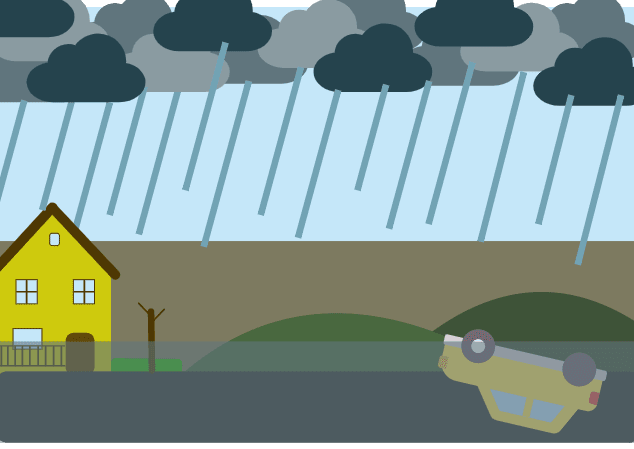
It could be worse, but...
The weather in Sodus has definitely changed its patterns in the last 80 years. Winters are warmer with more intense snow and rain storms. Summers lean more towards drought. A lot of the crops that were abundant in Sodus have a hard time growing, so the price of food has increased. However, many people are working on technology to capture carbon
Copy and paste this link for additional resources:
https://getrealscience.wixsite.com/sustainabilitychamps/learn-more
Copy and paste this link for additional resources:
https://getrealscience.wixsite.com/sustainabilitychamps/learn-more
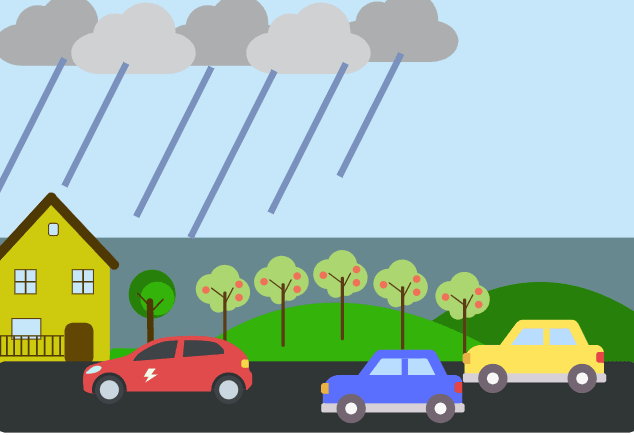
There are still some things we could fix...
Slower climate change has taken place across Sodus. Lake Ontario has gotten warmer and therefore its level rose. Some native species are having trouble surviving in the higher temperatures, and food is more expensive because crops are harder to grow. Humans slowed climate change before it could have a big impact, and saved themselves too much disruption.
Copy and paste this link for additional resources: https://getrealscience.wixsite.com/sustainabilitychamps/learn-more
Copy and paste this link for additional resources: https://getrealscience.wixsite.com/sustainabilitychamps/learn-more
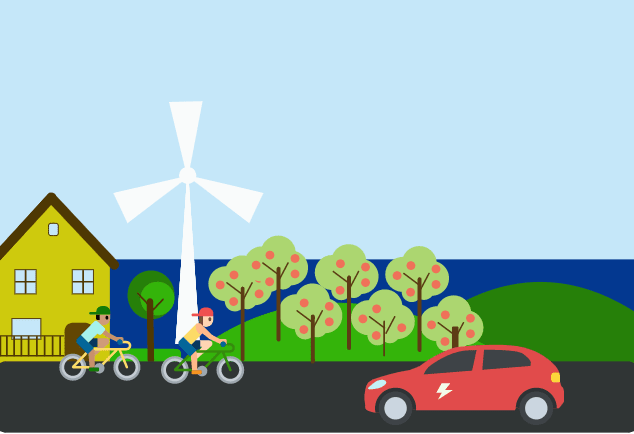
2100 is bright!
People across Sodus and the globe have taken quick and collective action to stop the worst effects of climate change! Laws have stopped big polluters, and average citizens have become aware of their carbon footprint and the benefits of reducing it. The weather has not changed much since 2020, and crops (like these apples!) in Sodus are abundant.
Copy and paste this link for additional resources:
https://getrealscience.wixsite.com/sustainabilitychamps/learn-more
Copy and paste this link for additional resources:
https://getrealscience.wixsite.com/sustainabilitychamps/learn-more
